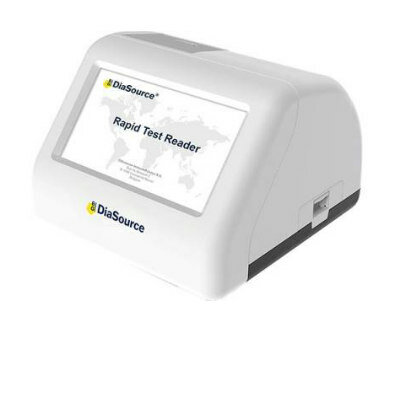Visible Light-Activated Platinum Compound Shows Potent Anticancer Activity
By LabMedica International staff writers
Posted on 03 Jan 2011
Cancer researchers have identified a photoactivated platinum-based compound that was up to 80 times more potent than other platinum-based chemotherapeutic agents were when tested on cultures of esophageal cancer cells.Posted on 03 Jan 2011
Investigators at the University of Warwick (United Kingdom) reported in the November 11, 2010, online edition of the journal Angewandte Chemie that the compound [Pt(N3)2(OH)2(py)2] could be activated by normal visible blue or green light in addition to ultraviolet light.
The compound was readily water soluble and stable in solution. When administered to cultures of esophageal cancer cells and then exposed to low doses of visible blue light, the drug killed 50% of the cancer cells at concentrations as low as 8.4 μmol per liter.
Senior author Dr. Peter Sadler, professor of chemistry at the University of Warwick, said, "This compound could have a significant impact on the effectiveness of future cancer treatments. Light activation provides this compound's massive toxic power and also allows treatment to be targeted much more accurately against cancer cells. The special thing about our complex is that it is not only activated by ultra-violet light, but also by low doses of blue or green light. Light activation generates a powerful cytotoxic compound that has proven to be significantly more effective than treatments such as cisplatin.”
"We believe that photoactivated platinum complexes will make it possible to treat cancers that have previously not reacted to chemotherapy with platinum complexes,” said Dr. Sadler. "Tumors that have developed resistance to conventional platinum drugs could respond to these complexes and with less side-effects.”
Related Links:
University of Warwick













